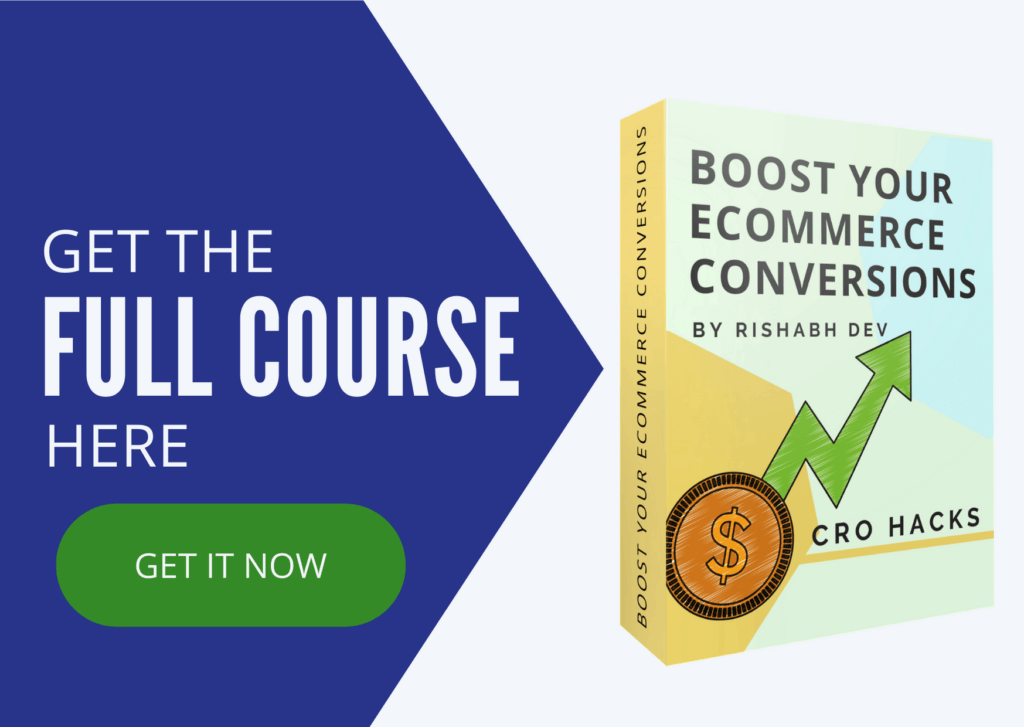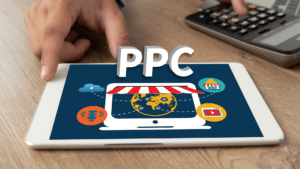If you’re starting a new eCommerce website or store, don’t worry about the top 50 or top 100 tools for eCommerce. You need a focused eCommerce marketing and tech stack to work with.
In this article, I will share the top 5 tools I use for me and my clients’ eCommerce stores.
Introduction
I’ve realized the same set of tools works for all our stories irrespective of the stage at which they’re in.
These are the only 5 tools you will need.
I’ve only picked the tools I use myself on a daily basis. Like all my other content, this article is experience-based and not just research-based.
Ready to get my toolset?
Let’s start with the list.
Shopify – For your eCommerce website
It’s no debate that Shopify is the most robust and easy-to-use eCommerce platform.
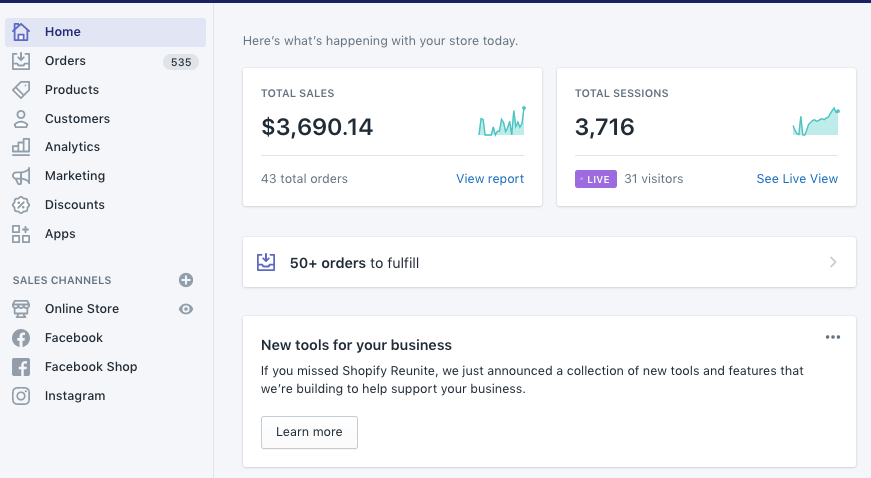
It also features the most scalability as it integrates with almost every other app, most recently Facebook shops and Instagram shops.
Such partnerships establish Shopify as the only long-term eCommerce platform even as the trends in the eCommerce industry change and user behavior shifts.
Shopify is the easiest platform to set up and get your store running.
When you’re growing an eCommerce store, most of the online tutorials and courses you’ll come across will also be based on Shopify. The community and content about Shopify is another reason to just pick Shopify for your eCommerce store.
You would’ve already seen the Shopify dashboard on many video tutorials and blogs about eCommerce stores:
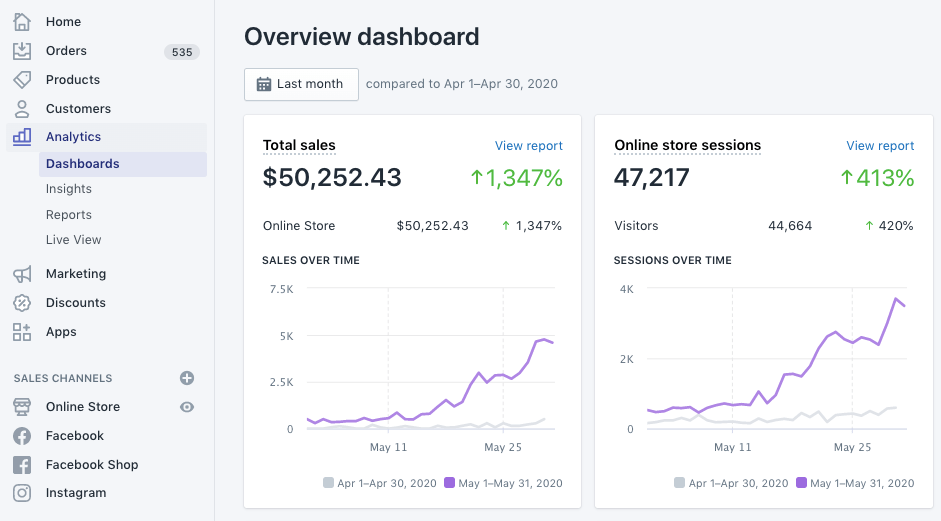
Shopify has quite a simple getting started guide.
Once you set up your free trial account, start with:
- Products SETUP
- Online Store SETUP
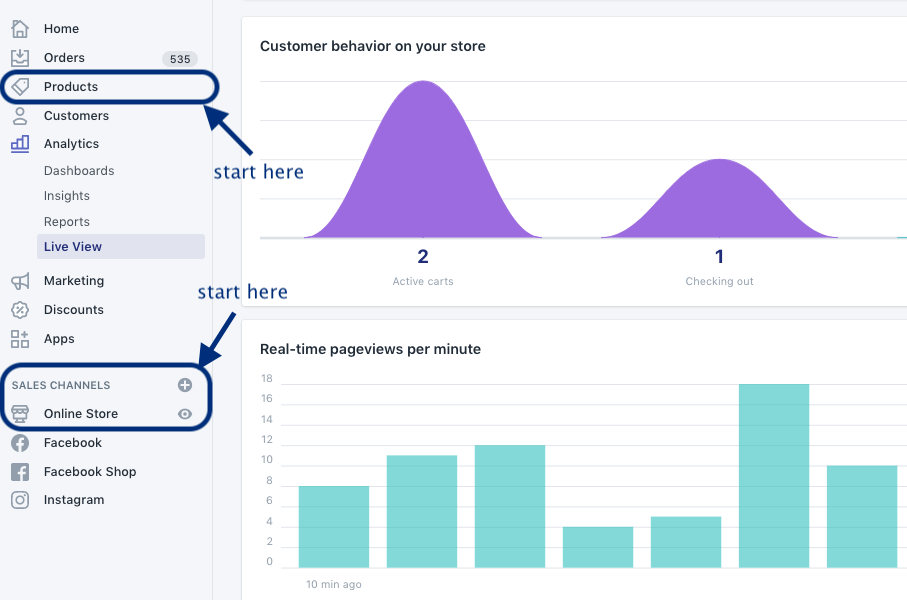
You’ll be up and running with Shopify the fastest.
Products Setup on Shopify
When it comes to setting up your products, I would recommend starting with around 5 products.
This is a great number to work with where you’re not limited as well as not too broad.
I’ve seen most successful stores starting with a narrow (but scalable) catalog including even stores like Amazon (books to everything).
It’s also easier to validate and find winning products with a smaller catalog. You will learn validation marketing in the next tool on this list.
Store Setup on Shopify
For the online store, use a theme from Shopify‘s library to make sure you get clean and quality code (even if you don’t understand code).
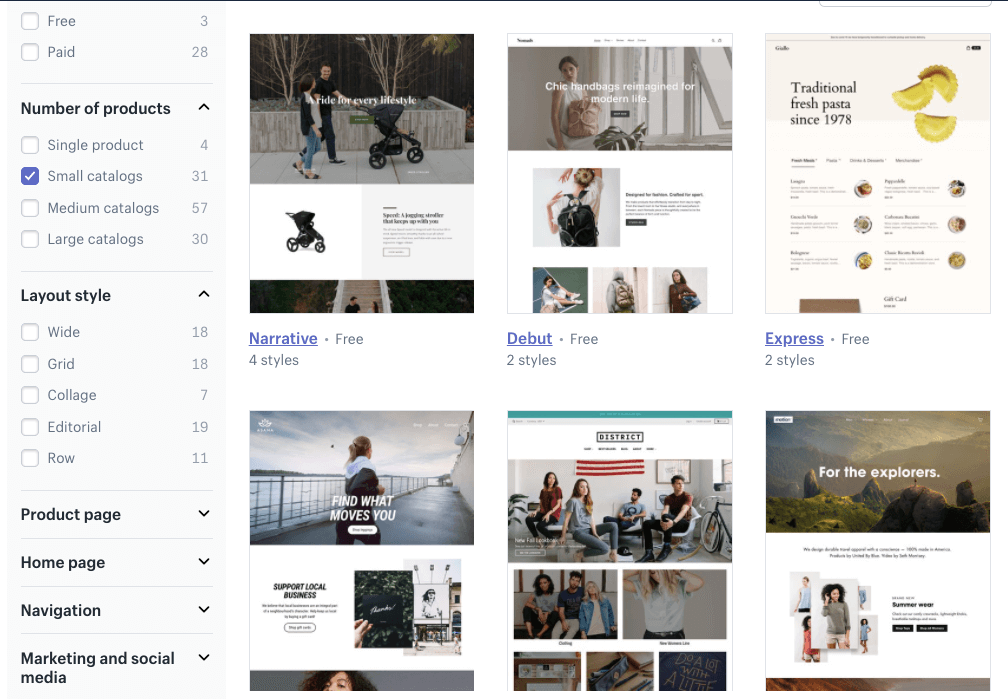
Even though you can start with a free theme, if you have a long-term perspective or the kind of UI and style you want on your store, go with the one that fits it best. (even if it’s paid).
Those are the first 2 steps I want you to take on your Shopify store.
Try it for FREE: Get your Shopify store here.
Facebook Ads – For eCommerce Marketing
The best ad platforms from product validation to generating sales and scaling your revenue are Instagram and Facebook.
You can generate millions of dollars in revenue from your store just with these 2 tools: Shopify +Facebook Ads.
Facebook Ads is the platform you will need to manage both ad platforms – Facebook as well as Instagram.
Comparatively, Google Shopping Ads and Google Search Ads can be set up as well.
However, I’ve found Facebook to be much better for Validation and initial traction.
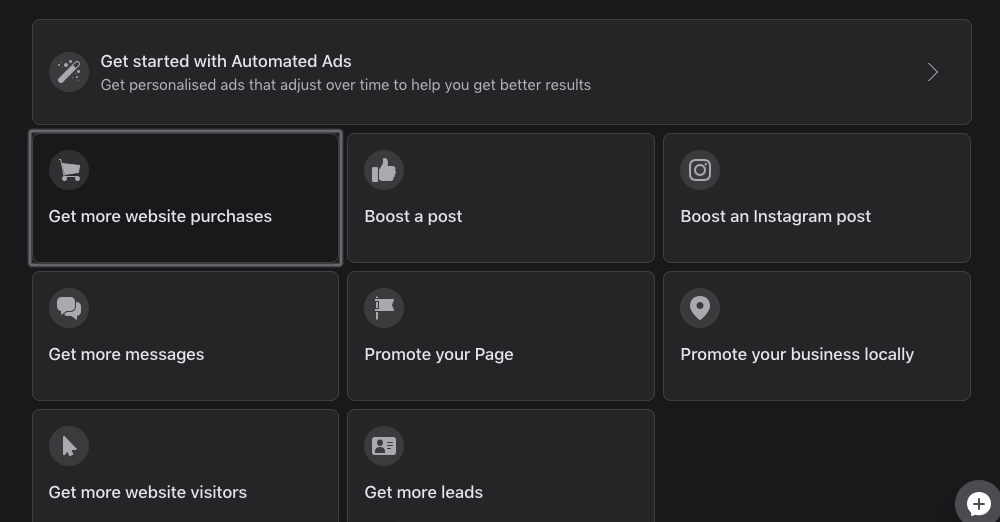
That being said, You should always experiment with different channels and see what works best for you.
But it’s well-known that Google ads usually take a longer time to deliver results and hence are not the best for experiment-driven validation and new eCommerce campaigns.
On the other hand, Google ads might get you a better conversion rate in the long-term with a narrow search focus keyword targeting or shopping ads.
The best strategy for Facebook Ads is a 2-step process:
- Validate products using Instagram post boosts
- Run purchase campaigns for product sales
Validation Marketing Campaigns
Start with product validation campaigns with small $5/day budgets:

This will reduce your chances of spending money on Facebook without seeing results.
I have written in detail about Validation Marketing here.
Product Purchase Campaigns
The next step is to run product purchase campaigns on the winning products based on the engagement campaigns:

Another great approach to Validation Marketing is by using data from competitors.
We will cover that in the next tool.
Once you have your winning product campaigns on Facebook, you can keep scaling them as long as you have a large audience to target.
Make sure you pixel your audience and gather as much data as possible to make the best of your ad campaigns in the future.
SEMRush – Suite of Tools for eCommerce Marketing
SEMRush is a collection of multiple tools in one.
I consider SEMRush as my go-to tool not just for eCommerce businesses but for all my clients across industries.
Some of the most important features of SEMRush I use for eCommerce are:
Competitor Analysis
One of the best ways to find keywords that drive traffic to your competitor’s websites is using the ‘Organic Research’ option inside SEMRush’s Competitive Research Dashboard.
Here’s an example:
Sneaker-related keywords that drive traffic to Mrporter.com:
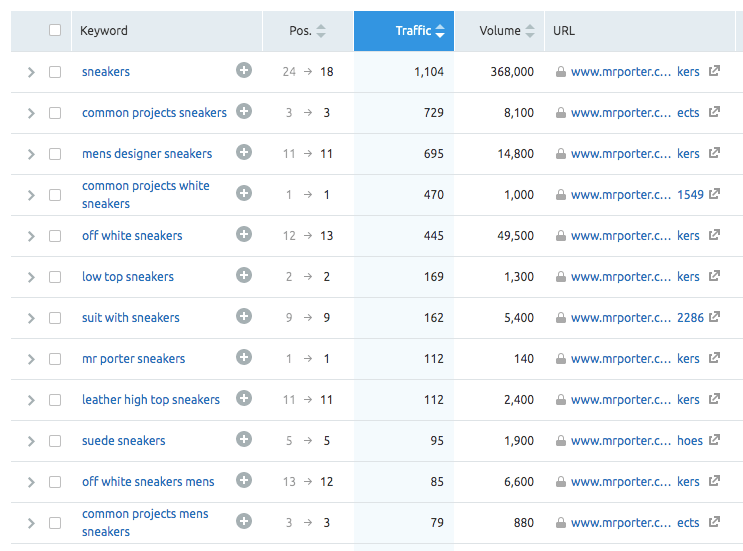
You can check this analysis for any domain (website) for any keyword group or theme just by entering that keyword in SEMRush.
Ad Copywriting
One of the best ad copy is the one that’s already working for your competitors.
Let’s continue with the same example and look at the ad copies that Mrporter.com is using to promote sneakers:
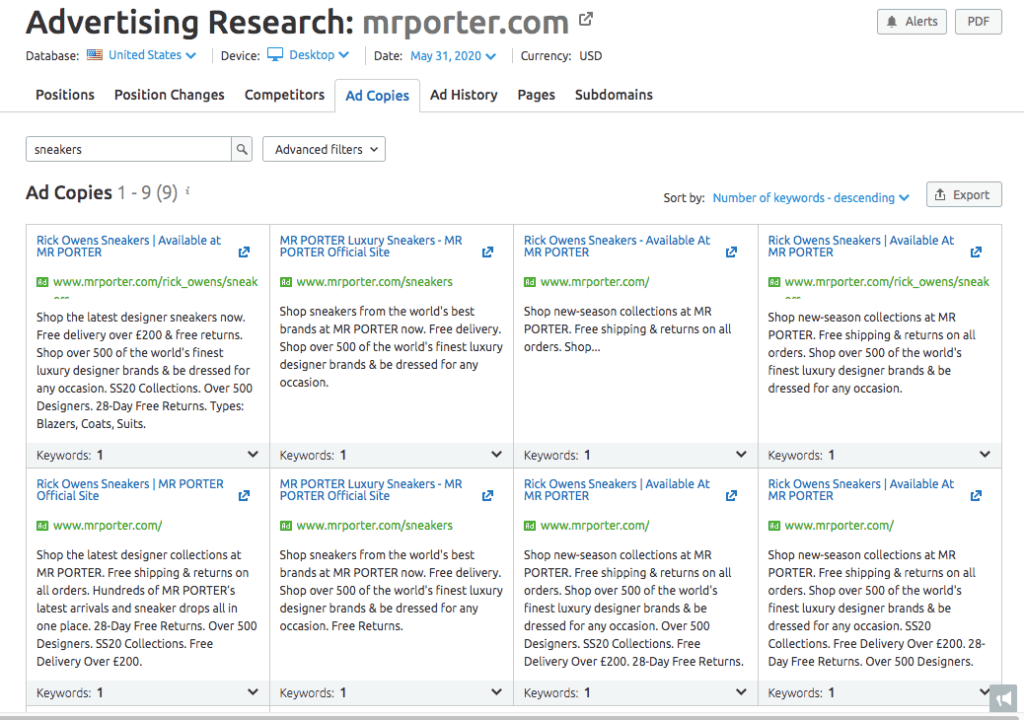
Using this feature of SEMRush, you can identify the right keywords and phrases to use in your ad copy.
Organic Search
In the long run, you don’t want all your revenue coming from Facebook Ads.
You should target a 30/30/30/10 split for revenue generation from your eCommerce store.
Here’s how it looks for my clients:
- 30% Ads
- 30% Organic
- 30% Email
- 10% Referrals*
*Referrals include affiliates and influencers.
If you’re just starting out, you may build your entire business on one of these channels but eventually, you want to scale all of these channels.
SEMRush gives you all the tools you need to optimise your organic presence.
For organic search, I use the following SEMRush features the most:
These 3 tools are good for the entire process of research, link building, and tracking search keyword positions.
To start with, I would recommend optimizing your product pages for long-tail keywords (these are keywords people are searching for that are 3 words or more in length).
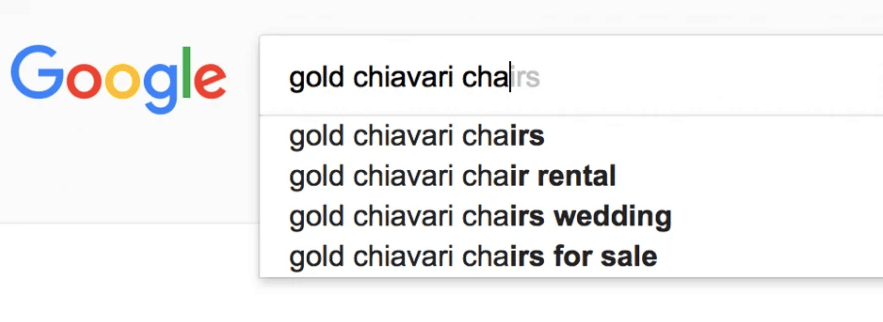
You can easily find this list through SEMRush and start working on your product titles and descriptions accordingly.
Get started for FREE: Get the complete SEMRush toolset here
Klaviyo – Email Marketing for eCommerce Stores
There is no better tool for eCommerce email marketing than Klaviyo.
I love specialized tools that are built for specific industries because their focus reflects on their quality.
I recommend and use only Klaviyo for eCommerce email marketing.
The only other email marketing tool I use is ActiveCampaign which I use for all other (non-eCommerce) clients.
Klaviyo integrates with almost all other eCommerce tools. However, you will need only the Shopify Integration to start with.
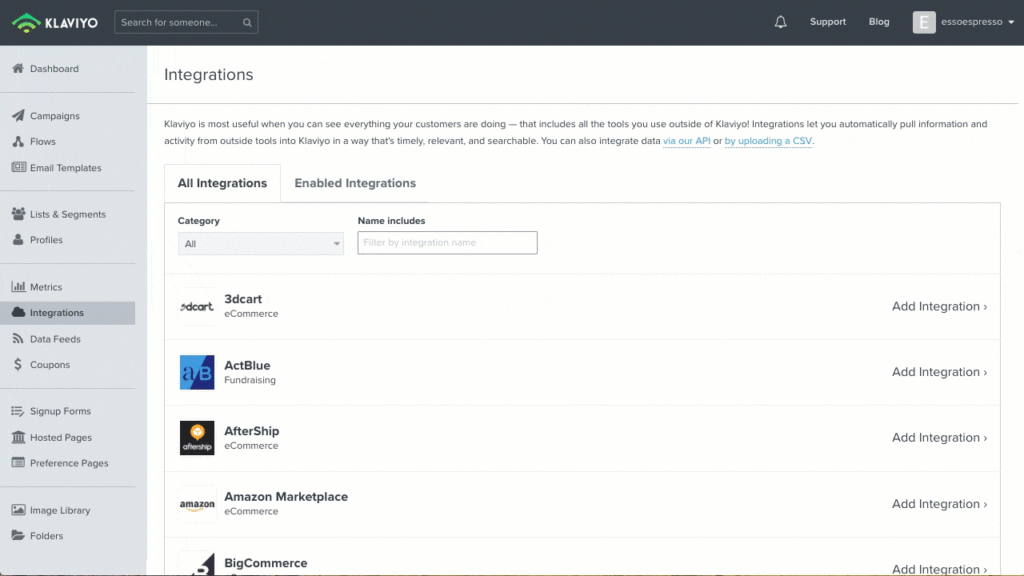
The 2 ways of reaching your customers via Klaviyo email marketing are:
- Campaigns (One-time sales emails, newsletters, campaigns, offers)
- Flows (Automated sequence of emails)

To get started with email marketing, I highly recommend you setup:
- Welcome Series (Flow)
- Abandoned Cart (Flow)
Klaviyo is a great tool as it has the templates for both of these pre-defined and set up for you in their library.
Welcome Series for Ecommerce Email Marketing
The welcome series is the first set of emails (automated sequence) that goes to new subscribers.
Here’s an example of how this looks inside Klaviyo:
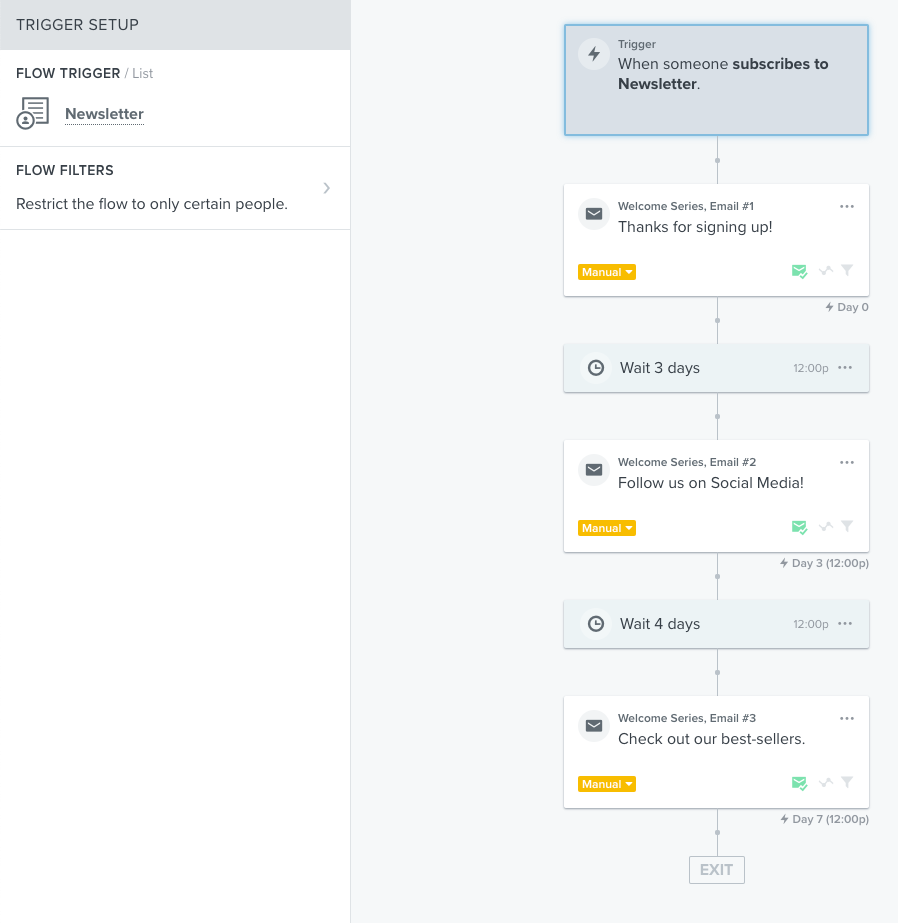
In the above case,
- Email 1 sent immediately to introduce new subscribers to your brand.
- Email 2 sent after 3 days to encourage your subscribers to follow you on social media
- Email 3 sent 4 days after signs up to showcase your best-selling products
You can customize the flows as you want.
You can even start from the start and make your own flows on Klaviyo.
Abandoned Cart Flow
Abandoned carts are the biggest revenue leaks in eCommerce with the highest potential of recovery.
All you need to do is remind and entice your potential buyers and help them go through the checkout they abandoned earlier.
Here’s an example of an abandoned cart email:

In fact, an optimal abandoned cart series has 3 emails.
However, to start with I suggest starting with 2 emails without being too pushy on your subject lines.
Send two abandoned cart emails and collect data on how each converts.
You can later experiment by sending the third email to just a small % of your subscribers (people in the abandoned cart flow) and see how it works.
Here’s some data on the number of emails in the abandoned cart series and their open rates from Klaviyo.
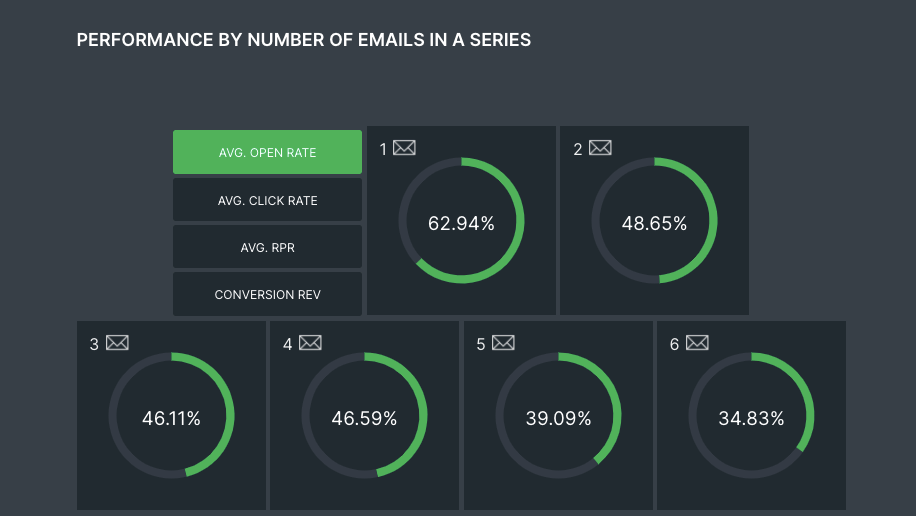
Here’s an example of the 3 abandoned cart emails with their subject line ideas or themes that I recommend to my clients too.

“You left something behind..” has been a great subject line for many of my clients.
I recommend experimenting and testing everything for your store on Klaviyo.
Klaviyo makes it really easy to run A/B tests for your email marketing which helps you decide which variant is working better.
Start for FREE: Get started with Klaviyo here.
Google Analytics – Performance and Metrics for eCommerce Stores
There is no better tool than the free Google Analytics platform for business analytics – not just for eCommerce but for any online business or website.
You don’t need a specialized or premium Analytics platform if you know how to use Google Analytics well.
You can also get a lot of basic data from Shopify Analytics.
But for deep-diving into data, I recommend getting used to Google Analytics.
Let’s look at the most important metrics and reports inside Google Analytics:
Audience Demographics & Geography Report
This report will help you understand the right targeting for your ad campaigns.
You can find the report in the demographics and geo options under the ‘Audience’ link on the left menu of your Google Analytics dashboard.
For demographics, I usually recommend using gender as secondary metrics to get an overview of both age and gender together in the Age report:
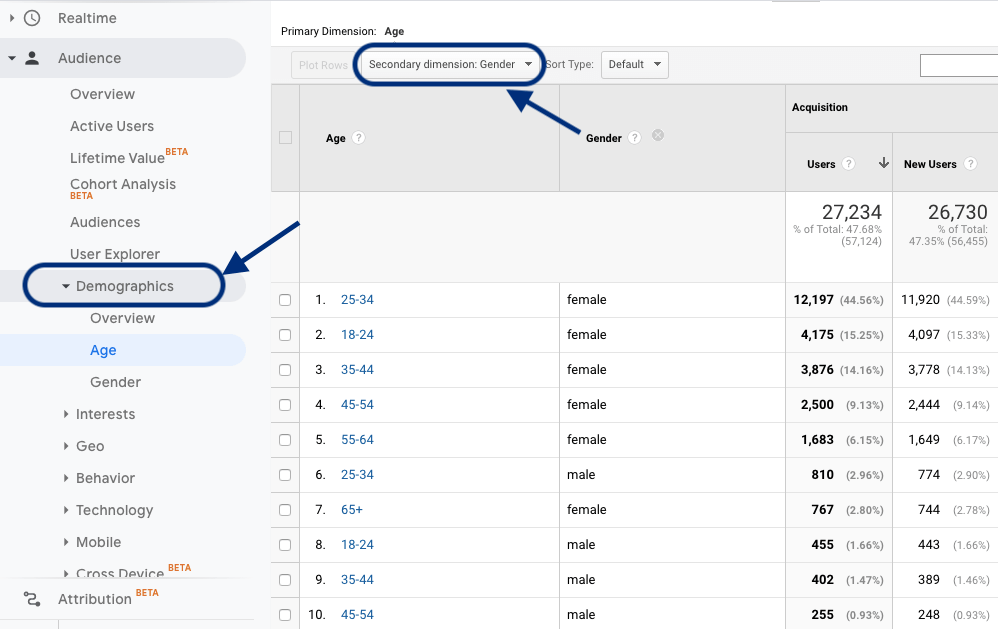
The important metrics in this report are:
- Conversion Rate by age + gender combination
- Revenue by age + gender combination
You can also get similar data based on geographies in the ‘GEO’ report where you should check:
- Conversion Rate by Country / Region / City
- Revenue by Region Country / Region / City
Conversion Rate by Product Page (or Landing Page)
For eCommerce stores and websites, product pages are the landing pages.
It’s important to see which product pages are the best landing pages.
To understand this, you need to check the conversion rate by landing page report as well as the number of purchases by landing page.
To find this report, head to ‘Behavior’ > ‘Site Content’ > ‘Landing Pages’ and sort them by conversion rate.
P.S. If you don’t see conversion data or eCommerce data inside Google Analytics, you will need to integrate Google Analytics and Shopify first.
Traffic and Sales by Source Channel
This is one of the most important marketing reports inside your Google Analytics dashboard for eCommerce Analytics.
For this report, head to ‘Acquisition’ > ‘All traffic’ > ‘Source/Medium’.
This report will tell you which of your Facebook ads or email marketing campaigns perform the best.
P.S. Make sure you set up UTM links for all your campaigns to get this data.
These 3 reports are great to collect a lot of useful data and make the right decisions based on the data.
Remember: Analytics is not about the data, it’s about the decisions we can make based on the data.
Those are the 5 essential tools for eCommerce stores and I’ll be happy to dig deeper into each of these tools in the upcoming posts and videos on my YouTube channel and my Instagram TV videos.
All the best!
